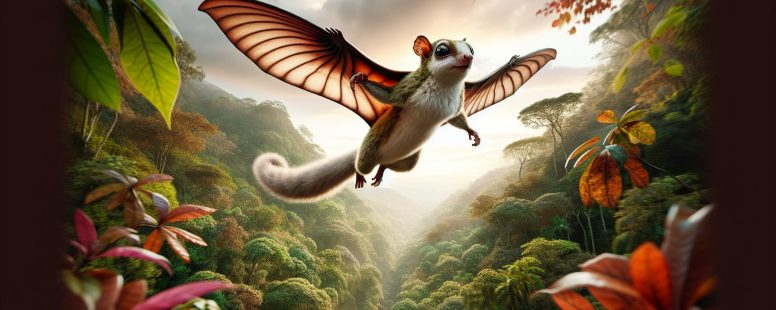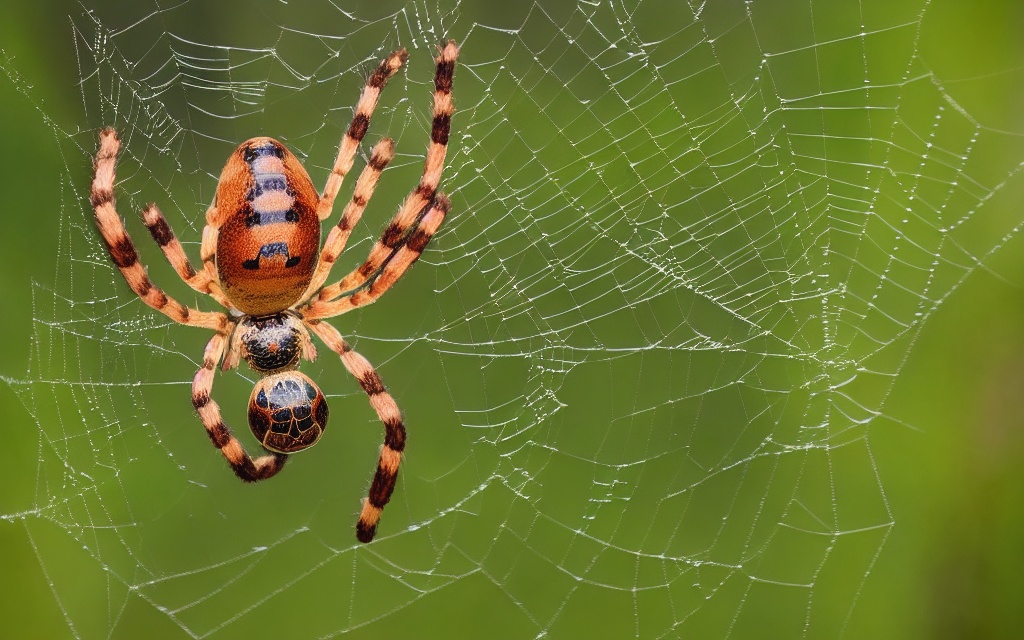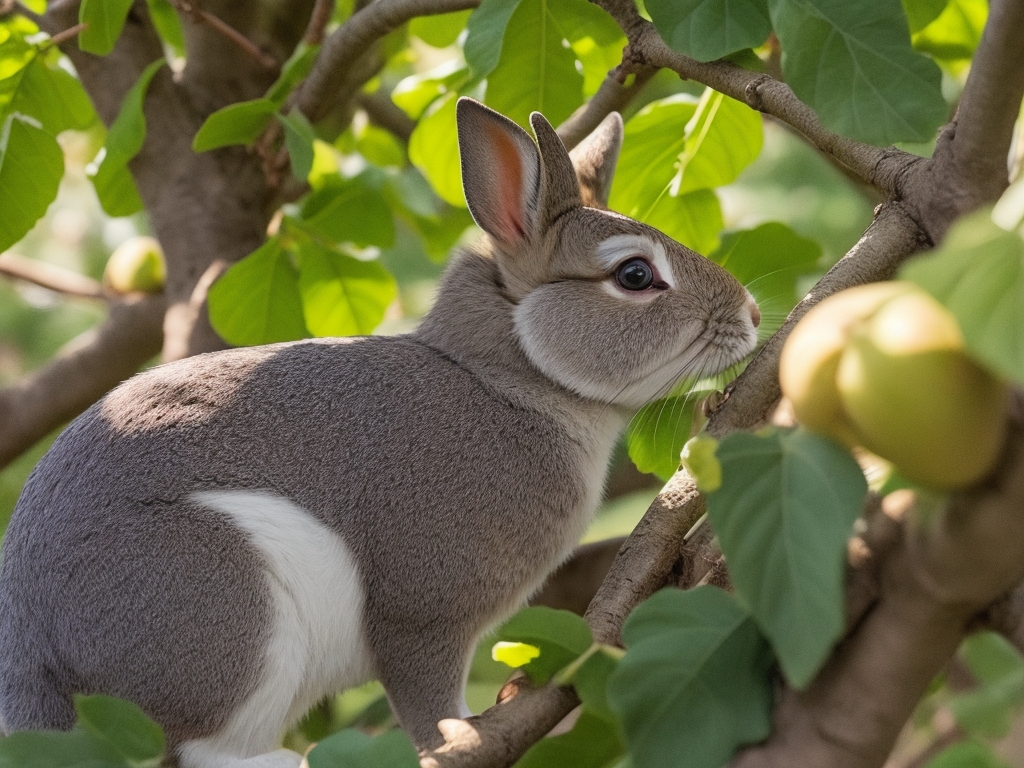Are Flying Squirrels at Risk? Unveiling Their Endangered Status
Flying squirrels, the whimsical gliders of the night sky, have always captured your imagination. But have you ever wondered about their survival in our ever-changing world? With their habitat shrinking and the climate crisis looming, it’s a question worth asking—are flying squirrels endangered?
Understanding the plight of these nocturnal creatures is crucial as they play a vital role in forest ecosystems. Let’s dive into the reality of their situation and uncover the conservation status of these elusive mammals. Will you find them thriving, or are they struggling to hold on?
The Importance of Flying Squirrels in Ecosystems
When you wander through a forest, it’s not just the trees that make the scene breathtaking, it’s the dynamic interactions within. At the heart of this complex web are flying squirrels, creatures that defy gravity and play a crucial role in keeping forests alive.
These furry gliders act as Seed Dispersers, carrying seeds and nuts far from their source, ensuring a diverse spread of vegetation. With each acorn they stash away for winter, the squirrels are unknowingly reforesting their habitat.
Pollination is another hidden talent of these nocturnal mammals. While feasting on tree sap and blossoms, they gather pollen on their fur and transfer it from flower to flower. Such small actions contribute to the reproductive success of various plant species, which in turn supports an array of wildlife.
Beyond their environmental contributions, flying squirrels impact the forest’s health by serving as Prey for higher predators. Owls, hawks, and an assortment of carnivorous mammals rely on them for sustenance. This checks and balances system is vital for maintaining a balanced ecosystem.
They’re even a keystone species in some forests, and their presence can be indicative of environmental Health and stability. Their decline could spell trouble for many other species relying on the intricate network forged by these aerial acrobats.
It’s not just about their charming midnight escapades. The loss of flying squirrels affects intricate connections within the forest that you might never notice until they’re strained to a breaking point. So next time you catch a glimpse of a shadow gliding from tree to tree, consider the impact these small mammals have on the vast ecosystem around them. The ripples of their existence are felt far and wide.
Habitat Loss: A Threat to Flying Squirrels

Habitat destruction is massively impacting the lives of flying squirrels. As these nocturnal creatures depend on wooded areas, the continuous reduction of forests poses a severe threat to their survival. Deforestation for timber, urbanization, and agriculture are the main culprits, leaving flying squirrels with shrinking spaces to live, forage, and reproduce.
Consider that old-growth forests are particularly important for flying squirrels because they often rely on holes in large mature trees as nest sites. Additionally, diverse plant species are essential for their diet, which consists of fungi, nuts, and fruits that are abundant in these undisturbed habitats.
Recent studies have painted a bleak picture. With ever-expanding human activities, suitable habitats for these squirrels are not just being reduced; they are getting fragmented into isolated patches. This fragmentation can lead to:
- Decreased genetic diversity
- Limited food resources
- Higher vulnerability to predators
Areas once teeming with these gliding rodents are now struggling to support healthy populations. Conservation efforts are more pressing than ever. Reforestation projects and legal protections for critical habitats are steps in the right direction, but they must be coupled with broader landscape-level conservation planning. Sustainable forestry practices play a key role too, ensuring that timber harvesting does not compromise the intricate needs of wildlife.
Delving into the relationship between flying squirrels and their environment, it’s clear that their fate is tightly intertwined with the forests they inhabit. You can get involved by supporting organizations that fight against habitat destruction. That way, you’re directly contributing to a world where flying squirrels can continue to thrive and perform their crucial ecological roles.
Climate Change: Impact on Flying Squirrel Population

Climate change stands as a formidable challenge for wildlife, and flying squirrels are no exception. You may have heard that rising temperatures and shifting weather patterns can wreak havoc on delicate ecosystems, and for these aerial acrobats, the impact is significant.
As the climate warms, the habitat range of flying squirrels shifts. Colder climates they once thrived in are gradually becoming too warm, causing a relocation of their habitat zones further north or to higher elevations. Alongside this, the particular species of trees and fungi that flying squirrels depend on for food and shelter are also affected by temperature changes. If these resources diminish or move, squirrels must follow or face starvation.
Wildfires, intensified by dryer and warmer conditions, can destroy vast areas of forest habitat quickly, leaving flying squirrels without a home or food source. These events, though natural, are occurring at an increased frequency and intensity, making it difficult for populations to recover between incidents.
Pest outbreaks, another consequence of climate change, pose yet another threat. Trees weakened by higher temperatures and less predictable precipitation are more susceptible to infestation, which in turn reduces the amount of available nesting sites and food for flying squirrels.
To understand the magnitude of these impacts, studies have begun to monitor flying squirrel populations closely. They’re looking at changes in distribution patterns, reproductive rates, and survival rates. Through these studies, policymakers and conservationists can gain insights into how to better protect these creatures from the escalating threats of climate change.
The reality is that flying squirrels are more than just charismatic critters of the night; they’re indicators of forest health and stability. Protecting them goes hand in hand with safeguarding our forests and, by extension, the planet’s biodiversity.
Supporting sustainable practices and advocating for policies that reduce our carbon footprint can mitigate the challenges faced by these squirrels. As forests are given a fighting chance to adapt to climate change, so too are the species that call them home, including flying squirrels.
Studying the Conservation Status of Flying Squirrels

If you’re keen on understanding whether flying squirrels are endangered, it’s vital that you look into their conservation status. This status is an indicator of how well the species is doing and what the future might hold for them. Take note – not all species of flying squirrels face the same risks, and their statuses can vary widely.
The International Union for Conservation of Nature (IUCN) maintains a Red List that provides invaluable info on the global conservation status of various species. For some flying squirrels, this status is concerning, especially for species with limited ranges or specialized habitat requirements.
Here’s what’s being done to keep tabs on these gliding rodents:
- Regular population assessments: Conservationists keep track of numbers to identify trends, be it an upswing or decline.
- Habitat monitoring: By keeping an eye on the forests where these squirrels live, experts can determine if their homes are intact or under threat.
- Genetic studies: These can reveal how connected different populations are, which is crucial for their long-term survival.
| Species | Conservation Status | Geographic Range |
|---|---|---|
| Northern Flying Squirrel | Least Concern | North America |
| Red and White Giant Flying Squirrel | Vulnerable | Southeast Asia |
| Japanese Dwarf Flying Squirrel | Near Threatened | Japan |
Conservation efforts often hinge on the data collected from such studies. For instance, if a sudden drop in population is noted, swift action can be taken to assess the causes and implement conservation strategies. Climate change, as you’re aware, has thrown a wrench in the works, making it all the more necessary to adjust our preservation tactics on the fly.
When it comes to flying squirrels, your support could mean a lot. You can aid conservation by endorsing environmental policies that protect their habitats or by contributing to organizations dedicated to wildlife preservation. Every small action helps protect these aerial acrobats and the invaluable roles they play in forest ecosystems.
Exploring the Endangered Status of Flying Squirrels

With nocturnal habits and a penchant for high-flying acrobatics, flying squirrels might appear abundant in the tree canopy. However, taking a closer look reveals a pressing concern: some species are at risk of becoming endangered. Global conservation lists and wildlife experts use categories like ‘vulnerable’, ‘endangered’, and ‘critically endangered’ to flag species in trouble—the flying squirrel, depending on the region and species, sometimes falls under these classifications.
Recognizing a species as endangered is more than just a label; it has significant implications for conservation efforts. The endangered status of the Northern Flying Squirrel, for instance, has triggered intensive studies to understand habitat needs and the threats they face. Various factors, like habitat loss due to logging and urban development, pose serious challenges to their survival.
In North America, you’ll find that both the Northern and Southern Flying Squirrels face these threats, though with varying degrees of severity. Illegal pet trade and collisions with vehicles also contribute to declining numbers in certain regions. It’s not just immediate physical threats that put these creatures at risk; changes in climate patterns disrupt food availability, impacting survival and reproduction rates.
When you’re considering the conservation of flying squirrels, remember that every individual matters. Groups dedicated to the preservation of wildlife put considerable efforts into maintaining stable populations, which involves protecting large swaths of old-growth forests that these squirrels call home. To aid in these efforts, spotting potential risks early on can make a powerful difference. Maintaining genetic diversity and connecting fragmented habitats are critical steps to ensure these gliding mammals don’t become a tale of the past.
Citizen science programs invite you to participate in monitoring the local wildlife, which can help experts track the health of flying squirrel populations. Your observations could provide vital data that might uncover trends or threats not yet seen by researchers. Keeping tabs on the changing environment and its effects on these squirrels is an ongoing process—one where new information invariably shapes conservation strategies.
Conclusion
You’ve seen the vital role flying squirrels play in our ecosystems and the dire threats they face. Protecting these creatures is not just about saving a single species; it’s about preserving the intricate web of life that sustains forests and the biodiversity within them. Your awareness and actions can make a significant difference. By supporting habitat conservation and engaging in citizen science, you’re contributing to the survival of flying squirrels. Let’s ensure these fascinating animals continue to soar through the night skies for generations to come.
- Why Install a Privacy Fence? Key Benefits for Security, Value & Peace of Mind - October 25, 2025
- Where Can I Advertise My Backyard Business? Best Online & Local Advertising Tips - October 24, 2025
- When Is the Best Season to Build a Pergola? Ultimate Guide to Perfect Timing - October 24, 2025




